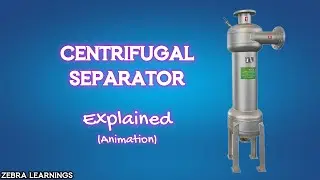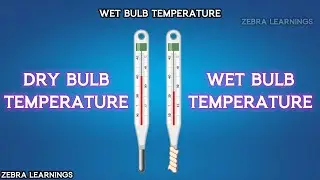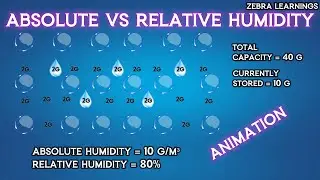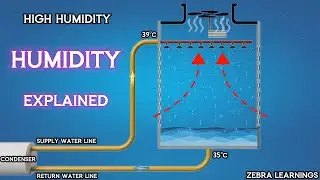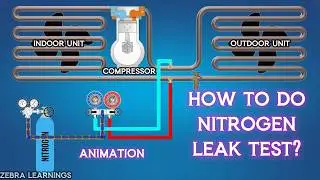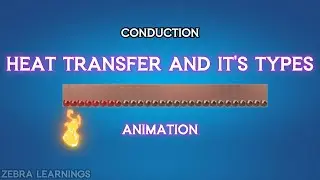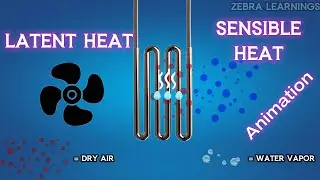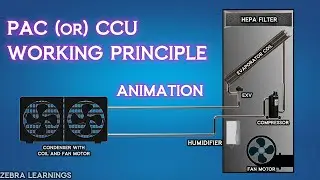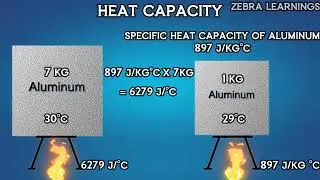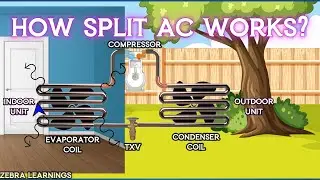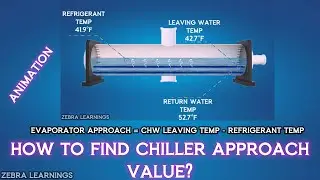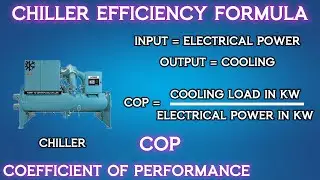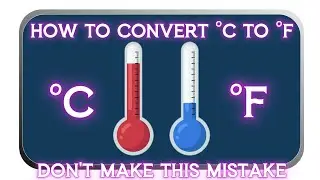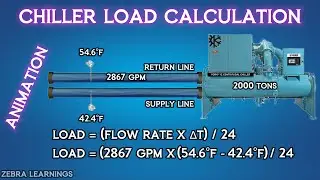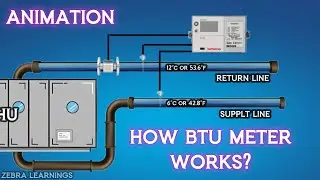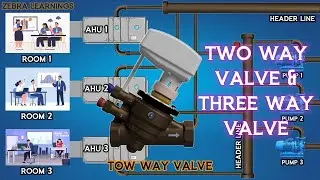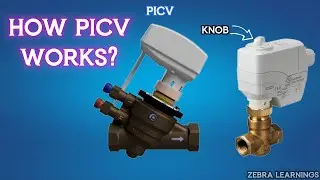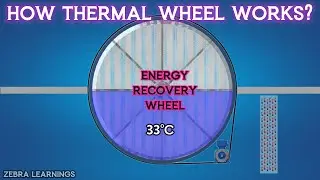Split AC Capacitor Wiring Diagram | Dual Capacitor | HVAC | Electrical
In an air conditioning (AC) unit, a dual capacitor is a crucial component used to start and run the compressor and the fan motor. It combines two capacitors into a single unit, typically having three terminals labeled C (Common), FAN (Fan), and HERM (Compressor).
The dual capacitor has the following functions:
Compressor Start Capacitor (HERM): The HERM terminal connects to a capacitor that provides an extra boost of power to the compressor during startup. The compressor requires a higher starting torque to overcome its initial resistance and get the motor running.
Fan Motor Capacitor (FAN): The FAN terminal connects to a capacitor that provides a phase shift to the fan motor winding. This phase shift is necessary to create a rotating magnetic field, which starts the fan motor and keeps it running smoothly.
Common Terminal (C): The C terminal is the common connection point for both the compressor and fan motor capacitors. It is usually connected to the neutral or ground of the AC unit's power supply.
Wiring connection for a dual capacitor in an AC unit:
The wiring connection may vary depending on the specific AC unit and its manufacturer, so always refer to the unit's wiring diagram or consult a professional technician if you are not familiar with electrical work. However, a typical dual capacitor connection can be as follows:
Power Supply: Connect the live wire (usually black) to one side of the capacitor, and the neutral wire (usually white) to the common terminal (C) of the dual capacitor.
Compressor: Connect the start wire from the compressor (often marked with "S" or "C") to the HERM terminal of the dual capacitor.
Fan Motor: Connect the start wire from the fan motor (often marked with "F" or "FAN") to the FAN terminal of the dual capacitor.
Always ensure that the power supply is disconnected before attempting any wiring work. If you are not experienced in working with electrical systems, it's best to seek help from a licensed HVAC technician to avoid any potential hazards or damage to the AC unit.
![Lida, Серега Пират - ЧСВ [СНИППЕТ 30.01.24]](https://pics.providosiki.ru/watch/zulRZEwgcvk)







